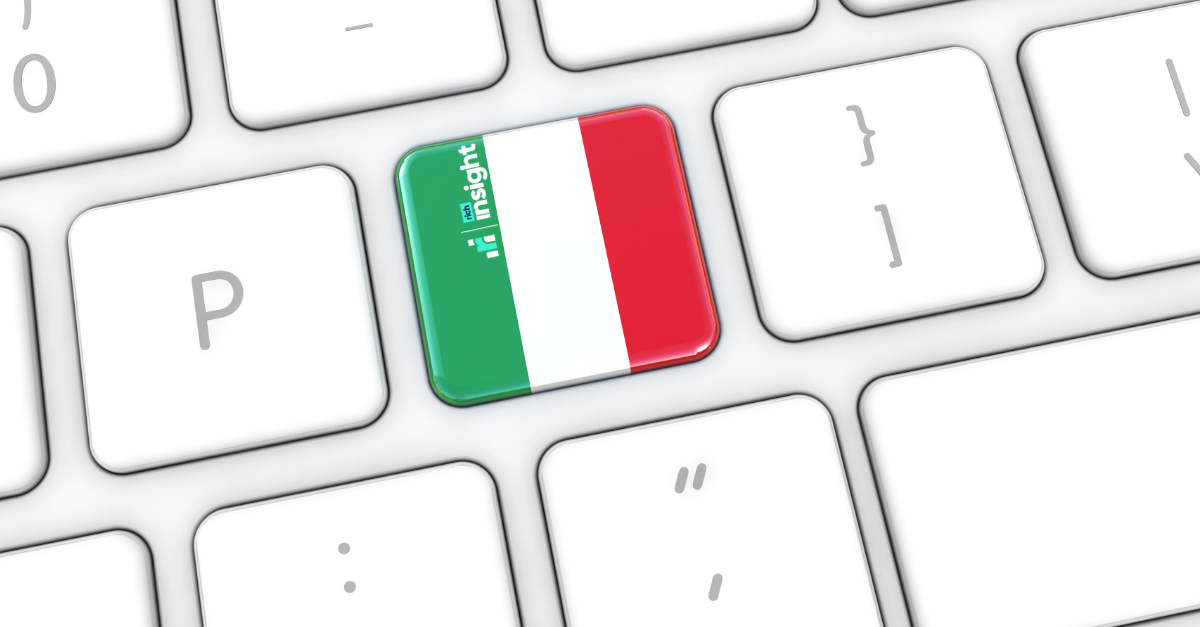I was privileged to be mentored by a very experienced multi-brand CEO whose famous catch phrase for growth brands was 'there is no such thing as cannibalisation'
I have been running marketplace consulting projects for over 7 years, after launching, growing, managing and eventually selling my own fashion brand. At our height, we sold across multiple channels (2 retail stores & 40+ annual retail events, 70+ wholesale customers, eCommerce and marketplaces).
When we talk about cannibalisation we are not talking about flesh-eating zombies (although that is a concern I could understand!), but rather the opportunity cost of losing sales on one channel to sell on another. So seeing the sale as revenue that wouldn’t have been gained otherwise (incremental) is not sales cannibalisation. Gaining a sale on one channel and losing from another (substitution) is sales cannibalisation.
When I was running my own business I didn’t really think about cannibalisation, as the point of a multi-channel brand in my eyes was to offer maximum choice to your potential customer. However, having been on the service side for a while, speaking to a cross section of top and emerging UK, EU and US brands, I have come across a minority that worry about sales cannibalisation. Initially I could understand the logic behind it; you want incremental over substitute sales. However, the perspective seemed problematic in a few ways.
Tune in to Customer behaviour
The first problem is that it is hard to quantify - you can compare addresses across some channels, but this is time consuming and imperfect. Even if you can get data, would they definitely have bought the product on another channel?
This perspective focuses on the wrong perceived threat. With the benefit of hindsight, I feel this was the key point that my mentor was getting at. I don’t think he genuinely thought there would be no substitute sales, but rather, it didn’t matter in the big picture. Why? Because you are offering the customer the best places for them to buy your products, which should in turn increase brand loyalty and reduce friction in the future, increasing customer lifetime value and share of wallet over time.
To put it more simply, offering customers the choice of their preferred channel at any time, means more loyalty and sales, which should hugely outweigh any sales overlap.
From a marketplace channel perspective we know that over 62% of global shoppers now choose to shop on marketplace sites. Customers find these sites more convenient and like the speed and reliability of shopping in this way. Customers have become incredibly loyal to these channels. Every brand has to adapt to customers' habits and desires in a competitive online space to protect and gain market share, so it is critical to put the customer ahead of your brand preference.
While you may make more margin on your own ecommerce site (often, but not always when accounting for marketing spend to bring traffic) and get marketing data, it is worth making sure you support customers buying trends and habits, versus them buying another substitute brand/product.
Expansion
When expanding into new markets, one of the big challenges is that often your website will lack awareness and trust.
Offering your product through a trusted name like Amazon in the US, the most trusted brand (Reptrack 100) for consumers, and one of the top brand equity valuations ($220bn in 2020, up 17.5% YoY).people now trust platforms over brands. If you are an unknown to a new territory, leveraging a channel like Amazon takes away the major barrier of entry. Surely a no brainer?
There is also a practical reality around marketplace scale. The percentage of new customers versus existing eCommerce customer overlap is likely to be minimal, given the usual discrepancy in the size of a huge marketplace site, relative to a brand's comparatively modest customer list. It also means you can offer this customer improved and more trusted delivery methods often, rather than lose market share to other products/brands who may for example, offer Amazon Prime delivery.
“The question shouldn’t be what is the impact of cannibalisation on marketplaces, but rather what is the risk of not being on marketplaces”
Adapt to new habits
Lastly, the most compelling points for marketplaces and against cannibalisation worries are around search habits. More than 44% of product searches start on a marketplace, 2.3x the scale of search engines like Google and 4.9x the scale of brands own sites. if you aren’t visible on these marketplaces where most buyers start their search, you will lose market position, which should be a much greater concern than optimising your margin.
The question, therefore, shouldn’t be ‘what is the impact of cannibalisation on marketplaces’, but rather ‘what is the risk of not being on marketplaces’ and fundamentally, how can I best meet my customer where they want to shop. If marketplaces are a key domestic or international channel, I would argue that you should focus on answering the ‘how’ rather than the ‘if’.
For more information on the marketplaces or for a complimentary channel audit, please feel free to get in touch with us directly. www.richinsight.co.uk or enquiries@richinsight.co.uk.
.png)





Blog Comments